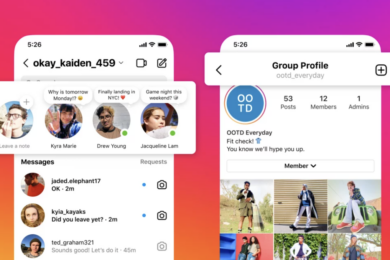- Home
- Uncategorized
- Seven Key Metrics for Measurin ...

Seven Key Metrics for Measuring Content Success
What result do organizations desire in the digital age? Success. It’s what drives their engagement with customers and being able to measure content success is vital to achieving it. With so many metrics to track, finding which ones truly matter is like finding a needle in a haystack. But worry not, we’ve identified seven key metrics for measuring content success.
Engagement Rates
The most effective way to measure how engaged your audience is with your content is through engagement rates. This metric measures how much of your content your audience consumes. Tracking this metric can help you understand what types of content your audience likes and dislikes. A higher engagement rate means that your audience likes your content. Here are a few practical points for tracking engagement rates:
– Measuring engagement rates on each platform you use, including social media, website, and email marketing tools.
– Understanding that different platforms have different ways of measuring engagement rates.
– Adjusting your content strategy based on engagement rates to cater to your audiences’ preferences.
Conversion Rates
Conversions are the cornerstone of any business. Conversion rates measure how many people take a desired action after interacting with your content. This action could be subscribing to a newsletter or making a purchase. Tracking your conversion rate helps you understand how successful your content is at driving action among your audience. Here are a few practical points for tracking conversion rates:
– Setting up goal tracking on Google Analytics to track conversions on your website.
– Implementing click tracking on email marketing campaigns to track engagement on your emails.
– Making sure your CTA is clear and concise so that it is easy for users to take action.
Audience Growth
One of the most important metrics to track is audience growth. This metric measures how many people follow your brand across various channels. Tracking audience growth helps you build a loyal following that views you as an authority in your field. Here are a few practical points for tracking audience growth:
– Measuring follower growth on social media platforms.
– Tracking email subscribers over time.
– Offering exclusive content to those who subscribe to your email list or follow you on social media.
Social Shares
Social shares measure the number of times your content is shared on social media. This metric helps you understand how far your content reaches beyond your established audience. It is an effective way to expand your reach to new audiences. Here are a few practical points for tracking social shares:
– Monitoring social share buttons on your website for sharing.
– Using analytics tools on social media platforms to track shares.
– Creating shareable headlines and making sure the content is valuable to encourage users to share.
Organic Search Traffic
Measuring organic search traffic is vital as it shows how many people find your content through search engines like Google. This metric helps you understand which keywords your audience is searching for and how well your content is optimized. Here are a few practical points for tracking organic search traffic:
– Using Google Analytics to track how many people found your content through search engines.
– Optimizing your content for specific keywords and phrases.
– Conducting keyword research to better understand what your audience is searching for.
Bounce Rates
Bounce rates measure the percentage of visitors that leave your website after viewing only one page. This metric helps you understand if your content resonates with your audience. A high bounce rate could mean that your content does not provide value or that your website design is not user-friendly. Here are a few practical points for tracking bounce rates:
– Using Google Analytics to track your website’s bounce rate.
– Improving website design so that it is user-friendly.
– Providing valuable content to keep users engaged on your website.
Time on Site
Time on site measures how long visitors spend on your website after clicking through to your content. This metric helps you understand how engaging your content is. A higher time on site means that your content is keeping your visitors engaged. Here are a few practical points for tracking time on site:
– Using Google Analytics to track the average time spent on your website.
– Creating content that provides value and encourages visitors to stay.
– Using visual aids such as images, videos, and infographics to keep users engaged.
In conclusion, tracking these seven key metrics for measuring content success not only helps you understand how successful your content is, but it also helps you improve upon it. By adjusting your content strategy based on these metrics, you can create valuable content that resonates with your audience.


















